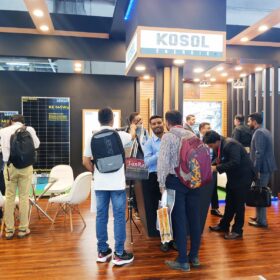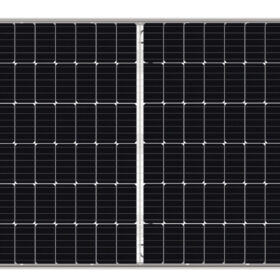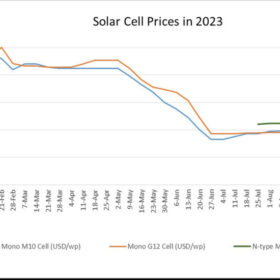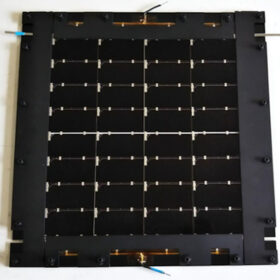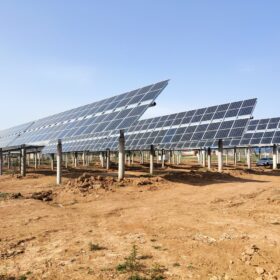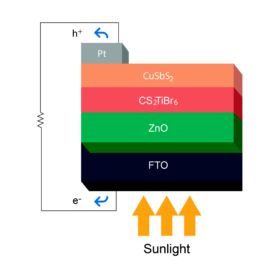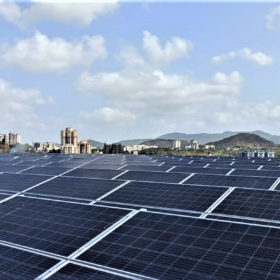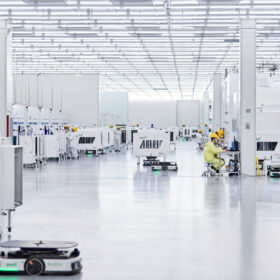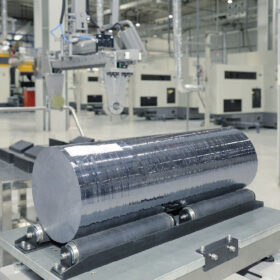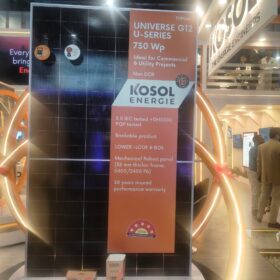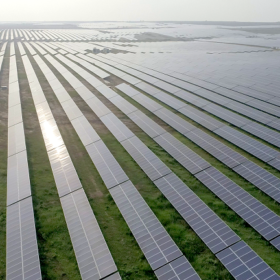KOSOL Energie adds 1 GW of TOPCon solar panel capacity
Gujarat-based KOSOL Energie has added a new 1 GW production line that will produce TOPCon solar modules ranging from 580 Wp up to 715 Wp, in both mono-facial and bifacial variants.
Longi claims 33.9% efficiency for perovskite-silicon tandem solar cell
The US Department of Energy’s National Renewable Energy Laboratory (NREL) has confirmed Longi’s achievement of a world record-breaking efficiency rating of 33.9% for a perovskite-silicon tandem solar cell.
Solar cell prices plunge to all-time low
In a new weekly update for pv magazine, OPIS, a Dow Jones company, provides a quick look at the main price trends in the global PV industry.
Sharp claims 33.66% efficiency for silicon tandem solar cell
The Japanese electronic manufacturer said this is the world’s highest efficiency for a stacked solar cell that combines a tandem double-junction solar cell and a silicon solar cell.
“Net zero will remain only a goal unless we diversify solar supply chains and build adequate renewable energy storage”: ISA president
RK Singh, India’s power minister and president of International Solar Alliance, highlighted the need for investment and research in alternative chemistries for energy storage and in building manufacturing capacities.
New US solar manufacturers likely to choose TOPCon
At the recent pv magazine RoundtablesUS 2023 event, four experts weighed in on PV module choices now and into the future, with TOPCon in the spotlight, but perovskite and tandem HJT on the not-too-distant horizon.
New lead-free perovskite solar cell design promises 26.96% efficiency
Bangladeshi scientists have developed a high-efficiency perovskite solar cell with 26.96% efficiency, an open-circuit voltage of 1.0478 V, and a fill factor of 81.35%.
How are solar panels made, and how are they recycled?
Gigawatts of solar farms are being installed throughout the world. But have you ever wondered how solar panels are manufactured and how they are recycled?
ISES Solar World Congress comes to Delhi
The International Solar Energy Society’s Solar World Congress 2023 has started in New Delhi, alongside the sixth session of the International Solar Alliance Assembly.
JinkoSolar claims 26.89% efficiency rating for new N-type solar cell
JinkoSolar claims that its new 182 mm n-type monocrystalline silicon solar cell has reached a maximum solar conversion efficiency of 26.89%. It says the achievement has been independently verified by a third party.
